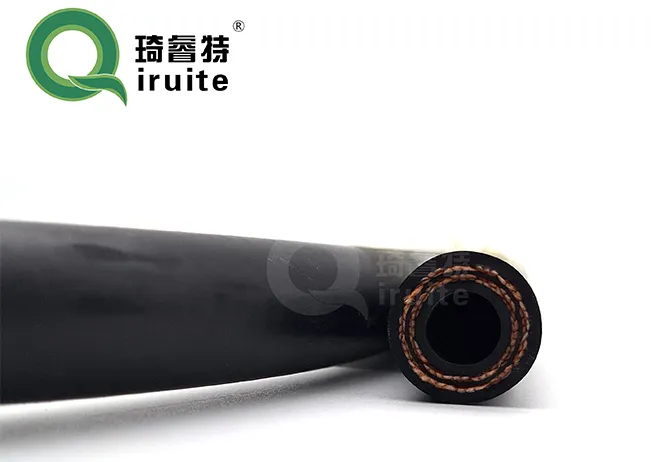Standards and Specifications for SAE J1401 Brake Hose Fittings and Applications
Understanding SAE J1401 Brake Hose Fittings
In the automotive industry, safety and performance are paramount. One of the critical components that ensure the efficiency of a vehicle's braking system is the brake hose fittings. The SAE J1401 standard provides guidelines for the design and manufacturing of these fittings, ensuring they meet the necessary requirements for reliability and durability.
Background of SAE J1401
SAE J1401 is a standard established by the Society of Automotive Engineers (SAE) aimed at specifying the performance requirements and testing methods for automotive brake hose assemblies. This standard applies explicitly to the fittings used in these assemblies, which serve as the crucial connections between hoses and other braking components, such as calipers and master cylinders.
The standard was developed to address the varying performance demands placed on brake hoses in different operating conditions. Brake systems, especially in vehicles that experience heavy use, are subject to high pressures, extreme temperatures, and various environmental factors. Hence, the components involved, including the fittings, must be able to withstand these conditions without failure.
Key Specifications
The SAE J1401 standard outlines several critical specifications for brake hose fittings. These include material properties, dimensional tolerances, and performance testing. Typically, materials used for fittings must demonstrate high resistance to corrosion, fatigue, and wear, ensuring a long service life. Common materials include brass, stainless steel, and other alloys that provide a balance between strength and weight.
Dimensional tolerances are also crucial. The standard specifies precise measurements for the fittings to ensure proper connections with the hoses and other brake system components. This precision helps prevent leaks and ensures a secure fit, crucial for maintaining brake system integrity.
sae j1401 brake hose fittings

Performance testing as outlined by SAE J1401 includes assessments under various conditions, simulating real-world usage. For instance, fittings are subjected to high-pressure tests to measure their ability to contain brake fluid under pressure without failure. Additionally, tests are conducted to evaluate the fittings' endurance against temperature fluctuations and exposure to brake fluid, which can degrade materials over time.
Importance of Compliance
Compliance with the SAE J1401 standard is vital for manufacturers and suppliers in the automotive industry. By adhering to these guidelines, they ensure that the brake hose fittings meet or exceed the required safety and performance criteria. This compliance not only enhances the reliability of braking systems but also protects the end-users—drivers and passengers—by significantly reducing the risk of brake failures.
Furthermore, regulatory bodies often mandate adherence to recognized standards like SAE J1401 to ensure overall vehicle safety. Thus, manufacturers who comply are more likely to succeed in a competitive market, gaining a reputation for quality and safety.
Conclusion
In conclusion, the SAE J1401 standard plays a crucial role in the automotive sector, particularly concerning brake hose fittings. By providing a comprehensive framework for the design, testing, and performance of these essential components, the standard helps ensure the safety and reliability of vehicle braking systems. As automotive technology continues to evolve, adherence to such standards will remain paramount, making sure that safety never takes a back seat in vehicle design and manufacturing.
Whether you are an engineer, a manufacturer, or simply a vehicle enthusiast, understanding and recognizing the importance of SAE J1401 can contribute significantly to the advancement of automotive safety and technology, ensuring that every vehicle that hits the road meets the highest standards of performance.
-
Ultimate Spiral Protection for Hoses & CablesNewsJun.26,2025
-
The Ultimate Quick-Connect Solutions for Every NeedNewsJun.26,2025
-
SAE J1401 Brake Hose: Reliable Choice for Safe BrakingNewsJun.26,2025
-
Reliable J2064 A/C Hoses for Real-World Cooling NeedsNewsJun.26,2025
-
Heavy-Duty Sewer Jetting Hoses Built to LastNewsJun.26,2025
-
Fix Power Steering Tube Leaks Fast – Durable & Affordable SolutionNewsJun.26,2025

